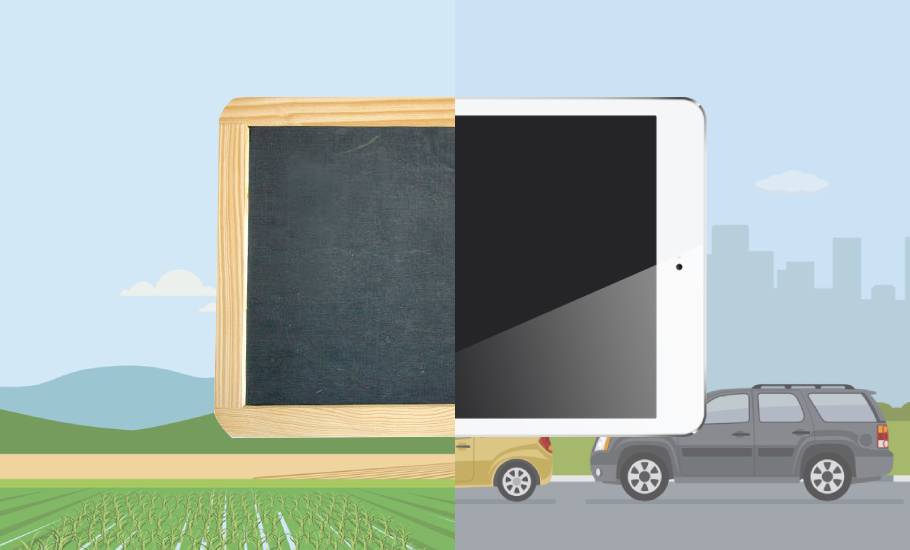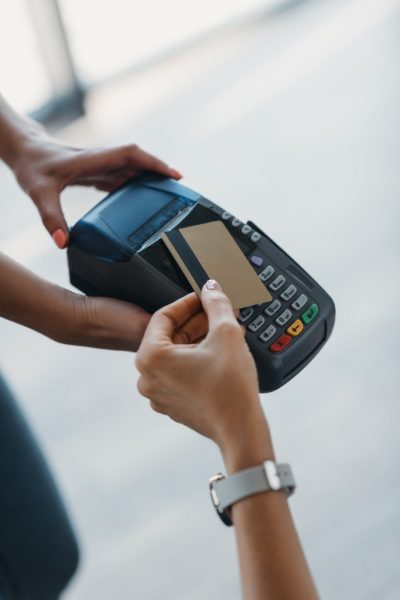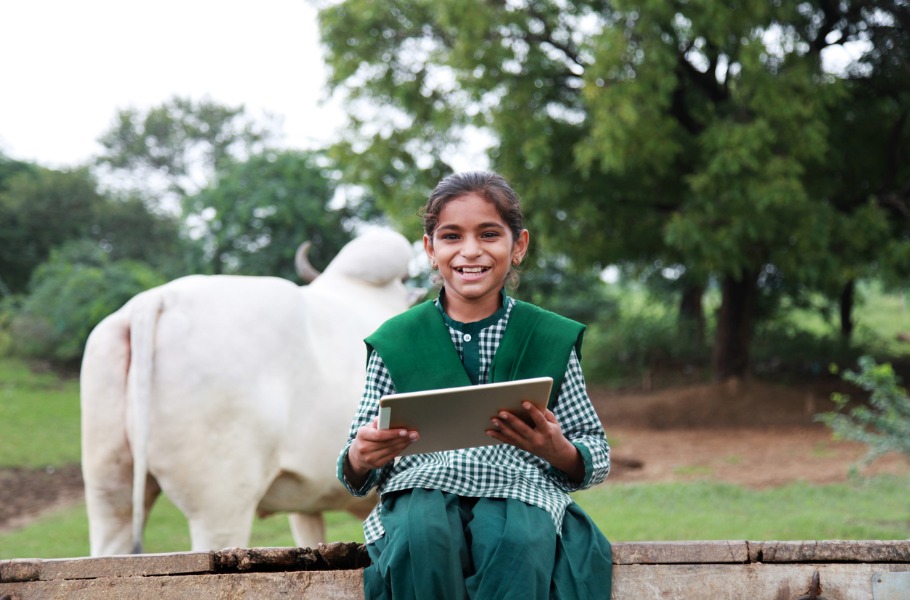
- Home
- India
- World
- Premium
- THE FEDERAL SPECIAL
- Analysis
- States
- Perspective
- Videos
- Sports
- Education
- Entertainment
- Elections
- Features
- Health
- Business
- Series
- In memoriam: Sheikh Mujibur Rahman
- Bishnoi's Men
- NEET TANGLE
- Economy Series
- Earth Day
- Kashmir’s Frozen Turbulence
- India@75
- The legend of Ramjanmabhoomi
- Liberalisation@30
- How to tame a dragon
- Celebrating biodiversity
- Farm Matters
- 50 days of solitude
- Bringing Migrants Home
- Budget 2020
- Jharkhand Votes
- The Federal Investigates
- The Federal Impact
- Vanishing Sand
- Gandhi @ 150
- Andhra Today
- Field report
- Operation Gulmarg
- Pandemic @1 Mn in India
- The Federal Year-End
- The Zero Year
- Science
- Brand studio
- Newsletter
- Elections 2024
- Events
- Home
- IndiaIndia
- World
- Analysis
- StatesStates
- PerspectivePerspective
- VideosVideos
- Sports
- Education
- Entertainment
- ElectionsElections
- Features
- Health
- BusinessBusiness
- Premium
- Loading...
Premium - Events

How to bridge the gaping digital divide in India
Internet infrastructural support and access to information continue to be crucial in supporting our underserved populations in these critical times.

Almost 27 years ago the World Wide Web rolled out the red carpet for the public without discrimination. Yet, today we stand here still talking about a digital divide that continues to exist, pushing people further into marginalisation, now more than ever before. The sudden onset of the Covid-19 pandemic, which has forced us to isolate ourselves, has brought the curtains down on the stark...
Almost 27 years ago the World Wide Web rolled out the red carpet for the public without discrimination. Yet, today we stand here still talking about a digital divide that continues to exist, pushing people further into marginalisation, now more than ever before.
The sudden onset of the Covid-19 pandemic, which has forced us to isolate ourselves, has brought the curtains down on the stark reality of our extreme dependency on the digital infrastructure, digital content and digital economy that the ones unconnected suffer irrevocably.
But what exactly is “digital divide” in this day and age is the foremost question which needs to be understood.
The big divide
According to the Merriam-Webster, a popular American dictionary and not a technology information platform, digital divide is the economic, educational and social inequalities between those who have computers and online access and those who do not. It addresses differences among groups that can access the internet and those who cannot.
Meanwhile, the Census looks at literacy as the ability of persons to read and write their names in any recognised official language. However, we know that is not enough. Similarly, owning a mobile phone is not the same as being ‘digital’. Even owning a smartphone is not enough to be ‘digitised’ unless one has connectivity and knows how to access relevant and timely information on the internet.
So, what does that mean for India?
There are as many as 731 districts in India. Around 300 of them are officially recognised as backward districts of the country. This means the development indices here are poorer than the rest of the country. There are over 566 million internet users in India but only 200 million are from rural India. Given the vast demographic divide, the most backward communities, some which are not even recognised, still face information poverty in this digital shift.

For urban populations that are higher up in Abraham Maslow’s hierarchy of needs, digital tools, technologies and contents have made access to opportunities easier. With the restrictions imposed on mobility due to the countrywide lockdown, one can now order groceries online. Instead of travelling to the office for work, with just internet and laptop, one can easily work from home. Instead of visiting stores across the town for basic day-to-day items, one can browse through the browser window from the comforts of one’s bed and get it delivered at doorstep. Waiting to pay the utility bills, a few clicks on one of the various payment applications can take care of utility bills.
However, access to the internet for rural populations brings with itself basic needs and amenities, which millions are still deprived of. Let’s take the example of education.
Considering that India suffers from a huge dropout rate—62.1 million children are out of school according to the Ministry of Human Resource Development—there is a need to focus on education and student well-being. There are about 1.4 million government schools in India. Let alone computer education classes for students, not all schools even have functional internet connectivity for administration purposes.
It is believed that not more than 20 per cent of these schools have dedicated computer or IT labs for students. In some schools, there are no computers teachers, in others, students are only learning about the Office Suite because there’s no internet.
Even in a digitally well-equipped school, digital education is viewed as a separate individual subject studied once or twice a week rather than a medium for holistic learning across all subjects.
During the lockdown, since they have been largely kept on the wrong side of the digital shift due to these practices, education is one of the worst-hit sectors. At the primary and secondary level, India has a large private school system complementing the government-run schools, with 29% of students receiving private education in the 6 to 14 age group, who are in fact getting the benefit of online classes. But for the rest, the future is at stake since they do not have access to information and connectivity.
What’s the solution?
What if the 200 million smartphone connections in rural India are accumulated as an alternative to school learning, especially in times of crisis?
For instance, Digital Empowerment Foundation (DEF) has a digital literacy and mentorship initiative that targets 100 tribal girls across five states to link them with 25 urban women known for their leadership skills or roles. The girls are provided with a smartphone and connectivity. The urban women connect with their mentees weekly via video calls to make them digitally literate. Many of these girls have now become entrepreneurs.
Similarly, we can set up a digitally integrated ecosystem in rural areas with a community wireless network and an information resource centre. This ecosystem can enable digital interventions to improve the quality of education. And in times like this pandemic, these centres can provide digital classrooms and online education.

Hope amid hurdles
Although this transition from blackboards to electronic gadgets in rural India has a number of hurdles, this will open a new arena to put more things through online modes with tailor-made content. It will help in reaching out to students, irrespective of lockdown, curfew or any natural calamity. This outreach will not only serve as a learning platform but also as essential information-sharing and awareness generation.
Crises and emergencies like the COVID-19 pandemic have brutally highlighted how access to internet and connectivity has become an inalienable right to life.
Internet infrastructural support and access to information continue to be crucial in supporting our underserved populations in these critical times.
Panchayats, which governs about 67 per cent of the total population and are responsible to deliver information and services across 29 state subjects, were promised fibre optic lines of 100 mbps under government’s ambitious BharatNet programme. However, the Covid-19 crisis clearly shows that we are late in ensuring its effective implementation.
Essentially, India needs a public institution system that leverages the opportunities provided by digital technology. What India needs is a contextually relevant digital education system that integrates the knowledge of digital into all aspects of life. For education, last-mile connectivity is the need of the hour in rural India, which is still struggling with 2G speed.
There is an urgent need to formulate a digital crisis response plan under the Digital India scheme to focus on unintended exclusions of the unconnected by providing free bandwidth to the vulnerable. Internet Service Providers (ISPs) should provide cheaper data plans or bundle a data plan along with the device.
If the experience with COVID-19 has taught us anything, it is that policies as well as crises and emergency response should have a digital inclusion plank to mitigate the fallouts for vulnerable populations and ensure the availability of adequate safety nets.
(Osama Manzar is founder and director of Digital Empowerment Foundation. Kriti Singh is a part of the communication team at DEF.)
